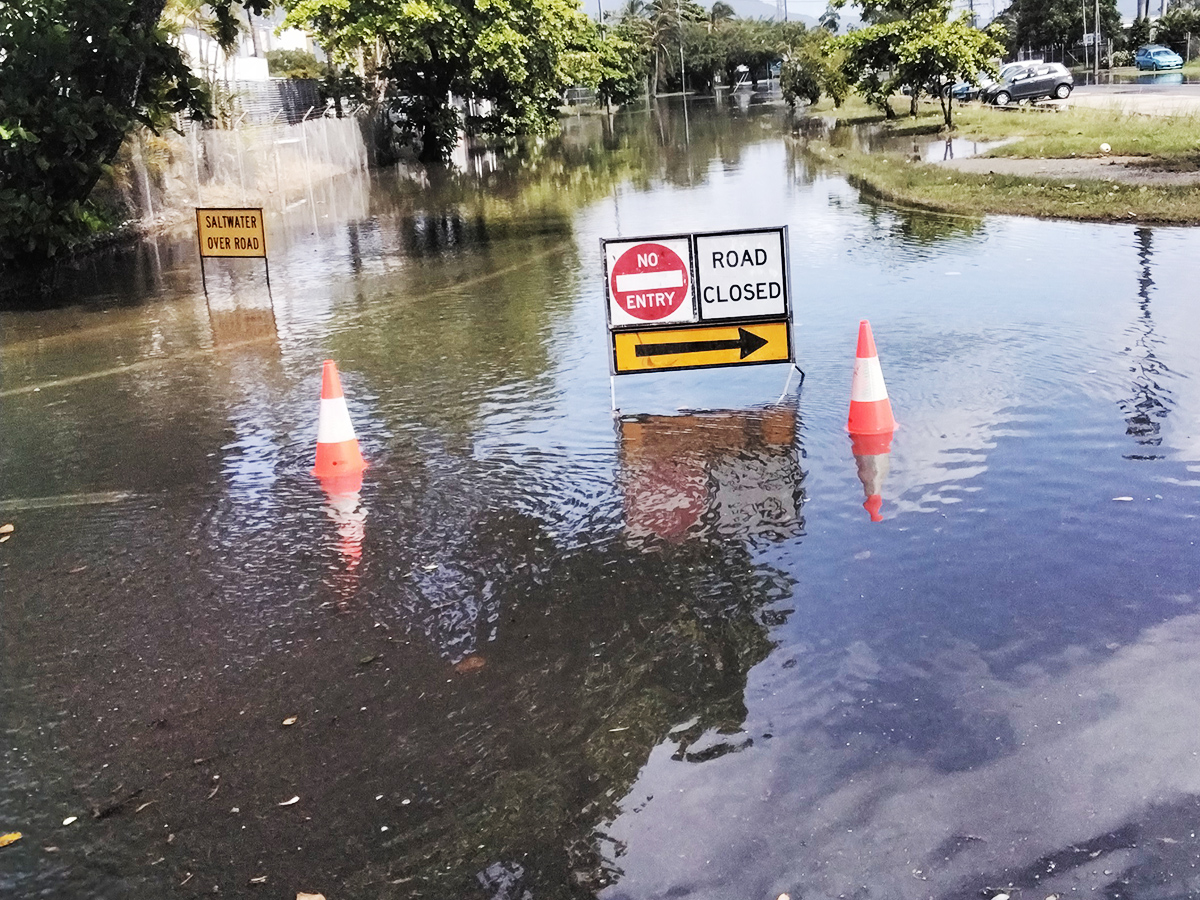December 14th, 2023
For nearly a year, the NSW EPA has refused to publicly release two reports that would reveal options to slash toxic coal pollution from Vales Point Power Station despite community members calling for greater transparency.
On behalf of the Nature Conservation Council of NSW, lawyers from Environmental Justice Australia have lodged an application with the NSW Civil and Administrative Tribunal (NCAT) seeking two key reports on Nitrogen Oxides and Sulphur Dioxide emissions from Vales Point.
The reports explore the feasibility of installing best-practice pollution reduction technologies at the Vales Point Power Station, similar to those required in the European Union, China and the United States.
Despite public backlash, the NSW EPA granted Delta Electricity an exemption from pollution limits until October 2024. As part of that decision, the EPA required Delta toy produce the two reports.
Nitrogen dioxide is strongly associated with childhood asthma and impaired lung development, while sulphur dioxide pollution can cause inflammation of the respiratory tract, wheezing and lung damage.
An estimated 650 children on the Central Coast and at Lake Macquarie have asthma because of pollution that comes from coal-fired power stations like Vales Point.
The NSW EPA has refused requests to release the reports since March 2023, and NCC has exhausted all options in attempts to get the reports – including by applying to the NSW Information Commissioner.
Appallingly, the EPA has justified its failure to release the reports by saying it would result in ‘public scrutiny and media pressure,’ which it claims would ‘interfere’ with its ability to make an independent decision on the regulation of toxic pollution from Vales Point.
The NSW Information Commissioner found the decision not to release the documents’ ‘ is not justified’ – but the EPA has refused to review its decision until Friday 22 December.
In response, the Nature Conservation Council has been forced to challenge the EPA decision in NCAT to ensure transparency for the community and the public release of information.
NCC Chief Executive Officer Jacqui Mumford said:
“This power station is pumping out pollution that makes people sick. It’s ridiculous that Vales Point is the only power station in the state that is exempt from NSW clean air laws.
The report we are seeking could hold useful information to limit impacts on the community, which is why it needs to be released. It is also really important for our democracy that the community surrounding the power station have access to this kind of information that directly impacts their lives.”
Environmental Justice Australia Lawyer Jocelyn McGarity said:
“It is in the public interest for reports like these to be released.
The fact that our client has to use lawyers for 10 months now to try to bring this information to light indicates there’s a real problem with the EPA’s transparency culture.
The EPA has also chosen to wait until the start of the Christmas holidays to announce its decision – which is after our client’s review rights expire.
It’s concerning that the EPA claim that public scrutiny and media attention would affect the integrity of their decision making.
This is precisely why communities have called for greater transparency and accountability from both the coal industry and the EPA as part of the current review into power station licenses.
We hope that as part of the review process, the EPA makes it mandatory via licence conditions for operators like Delta to release these kinds of reports, and if not, it’s incumbent on the EPA to be proactively releasing them to ensure the community has access to relevant information about toxic pollution”
Future Sooner spokesperson, Gary Blaschke of Lake Munmorah said:
“Vales Point wants to stay open until 2033 which we know will cause more cases of childhood asthma and premature deaths.
Given this, Delta Electricity should be required to upgrade the power station to best-practice pollution controls, which could reduce Nitrogen Oxide emissions by over 90 per cent.”








